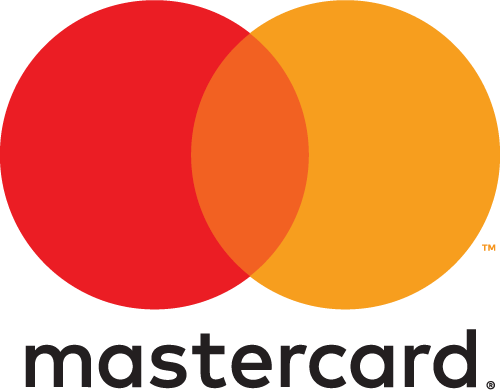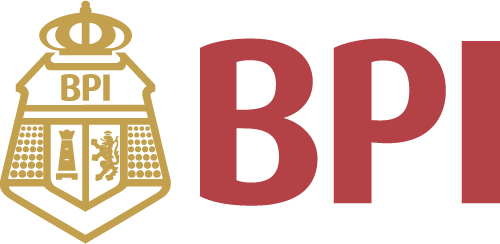All Categories
Agile IT Organization Design: For Digital Transformation and Continuous Delivery
Share Tweet
*Price and Stocks may change without prior notice
*Packaging of actual item may differ from photo shown
- Electrical items MAY be 110 volts.
- 7 Day Return Policy
- All products are genuine and original

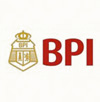




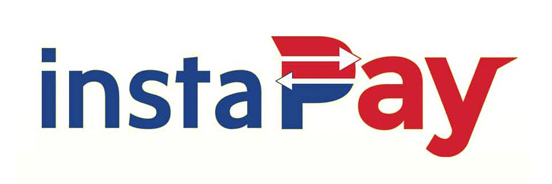
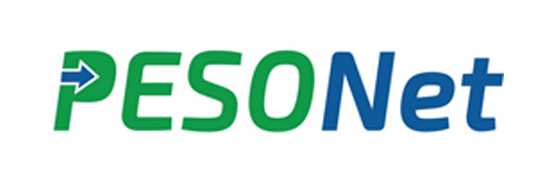
About Agile IT Organization Design: For Digital
Product Description To gain the full benefits of agility in any software organization, you need to extend it beyond developers to the organization as a whole. Aspiring digital businesses need overall agility, not just development team agility. Now, Sriram Narayan, IT management consultant at ThoughtWorks, shows how to do just that. Drawing on 15+ years working with leaders in telecommunications, finance, energy, retail, and beyond, he introduces a comprehensive agile approach to "Business-IT Effectiveness" that is as practical as it is valuable. Sriram demonstrates how to integrate agility throughout sales, marketing, product development, engineering, and operations, helping each function deliver more value individually and through its linkages with the rest of the business. Addressing people, process, and technology, he guides you in improving both the dynamic and static aspects of organization design, addressing team structure, accountability structures, organizational norms and culture, metrics, and more. Using real examples, Sriram helps you evaluate and improve organization designs to enhance autonomy, mastery, and purpose. You'll learn how to eliminate the specific organizational silos that cause the most problems... improve communication in organizations that claim to be (but aren't really) non-hierarchical... optimize the way you build teams, design office space, and even choose tools. Simply put, Agile IT Organization Design will help you improve the performance of any software organization. Review Praise for Agile IT Organization Design “Continuous delivery is often described from the perspective of the technicians. This is understandable because that is where it started, but it does the process a disservice. Continuous delivery is a holistic approach. It requires change across the organization and it encourages such change, to the betterment of the groups that practice it. This book addresses that problem and looks at CD from an organizational perspective. It starts from Dan Pink’s ideas of intrinsic and extrinsic motivators and describes how to structure an organization for success―how to encourage a focus on autonomy, mastery, and purpose that will motivate your teams and produce high-quality results. This book takes a look at all aspects of organizational design that impact the ability to deliver regular, small, high quality changes. If you follow the advice in this book, your organization will be the better for it.” ―Dave Farley, author of Continuous Delivery “A number of years ago, Silicon Valley marketing guru Geoffrey Moore quipped, ‘A bank is just a computer with a marketing department.’ Today, technologies―cloud, social, big data, the Internet of Things, and mobile―continue to drive this unprecedented digital transformation in organizations. As such, the need for agility has moved from software development to corporate boardrooms. Sriram’s book makes the case that to thrive in these fast and uncertain times, enterprise leaders need to rethink how IT, not just software development, is organized, structured, and measured. His book provides guidelines, not prescriptions, which enable innovation, adaptability, and responsiveness at scale.” ―Jim Highsmith, Executive Consultant, ThoughtWorks, Author of Adaptive Leadership “Very hands-on and operational book for management of Agile-based development. Provides valuable insight for IT practitioners. A must read for IT professionals.” ―A.V. Sridhar, Founder, President & CEO Digite, Inc. “Agile IT Organization Design is an engaging, enlightening, and immensely practical book. While many authors have addressed Agile software development, very few have tackled the wider topic of the more systemic changes necessary to move from Agile software to an agile organization, and onwards to ‘digital transformation.’ Even fewer have done so at more than a very theoretical level. Drawing heavily upon his substantial practical experience, Sriram Narayan’s




 (1)
(1)












